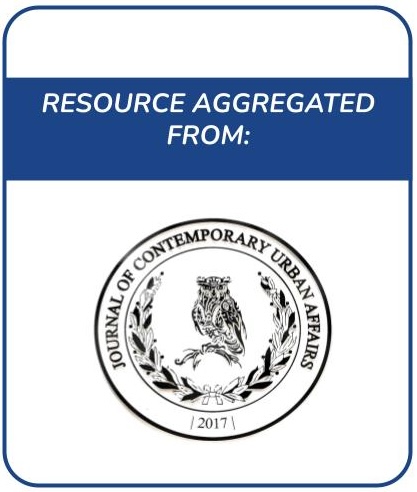How to Perceive the Trade-Off of Economic and Ecological Intensity of Land Use in a City? A Functional Zones-Based Case Study of Tangshan, China
China, in a rapid urbanization process, is accompanied by the expansion of built-up land, population accumulation, and intensive land investment, while the improvement of the urban environment cannot keep up with the population and economic density growth. Therefore, the purpose of this paper is to discuss the balance between urban land use economic intensity (built-up area density, population density, land price) and ecological intensity (the depth, breadth, and integration of ecological spaces) in Tangshan.






